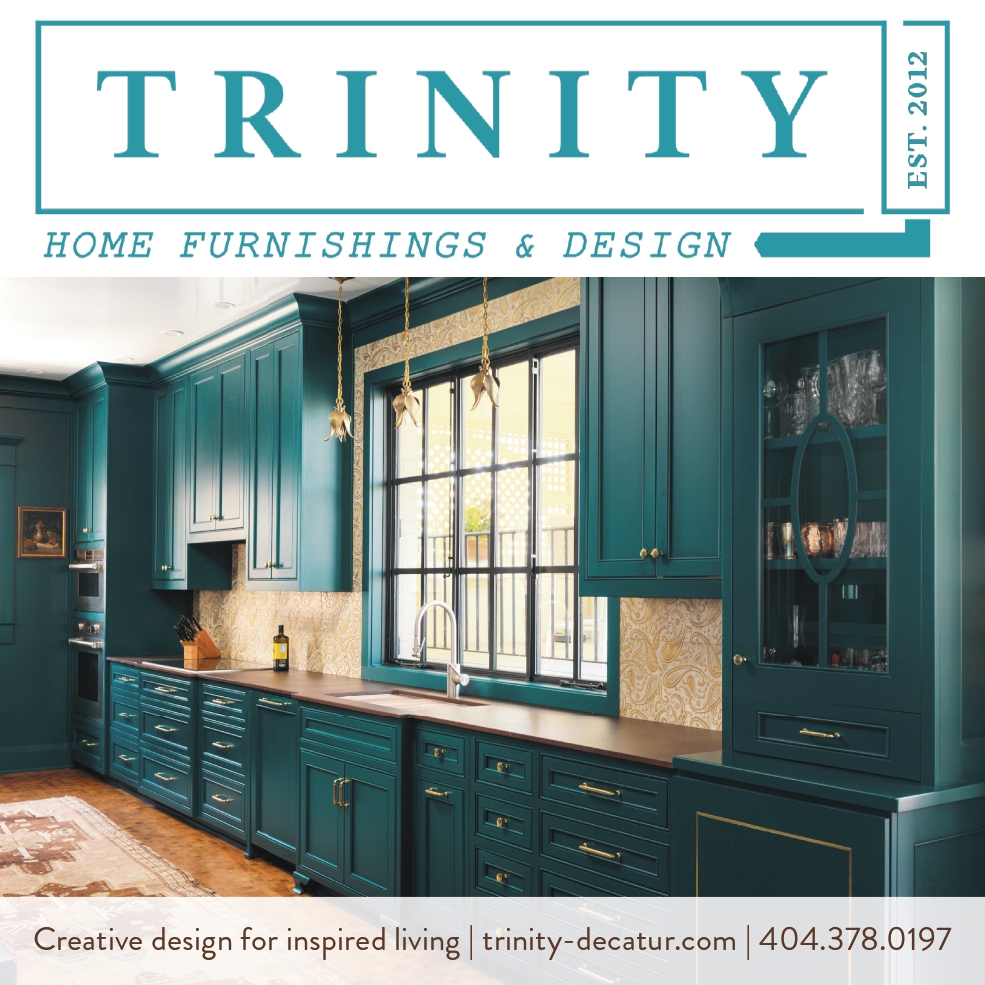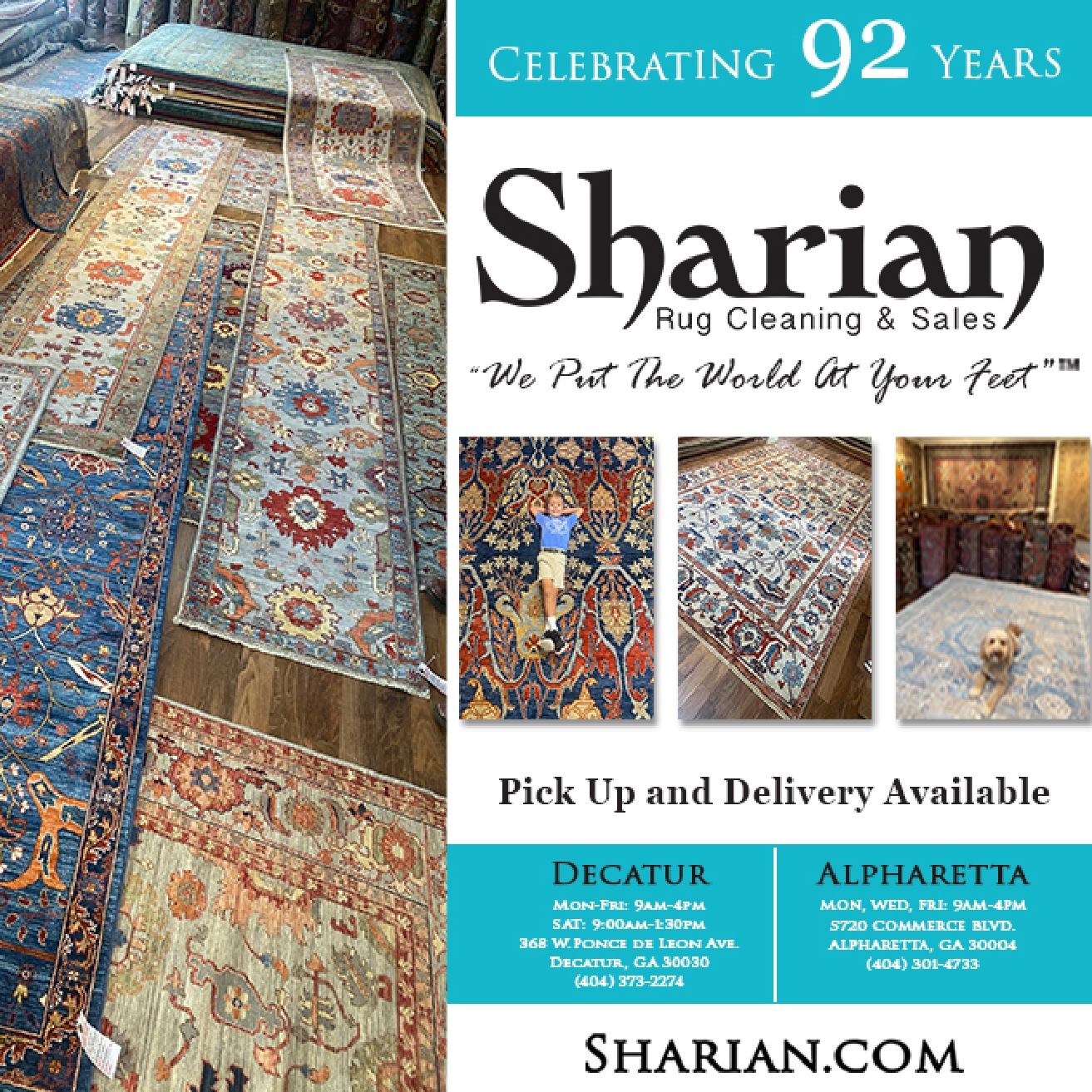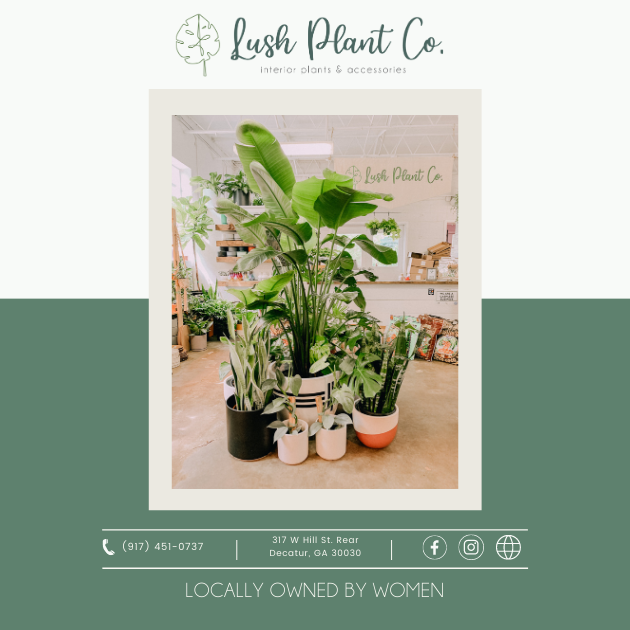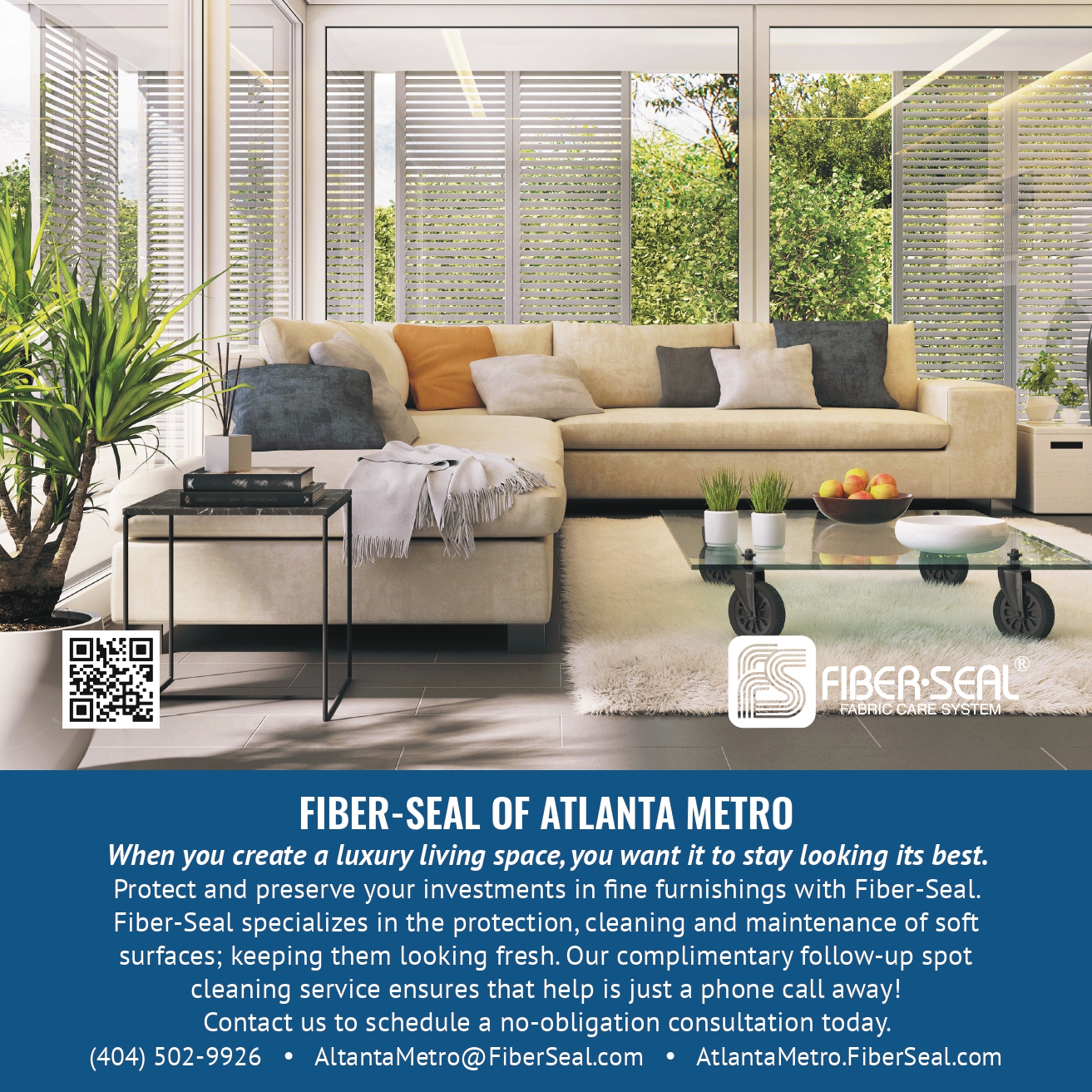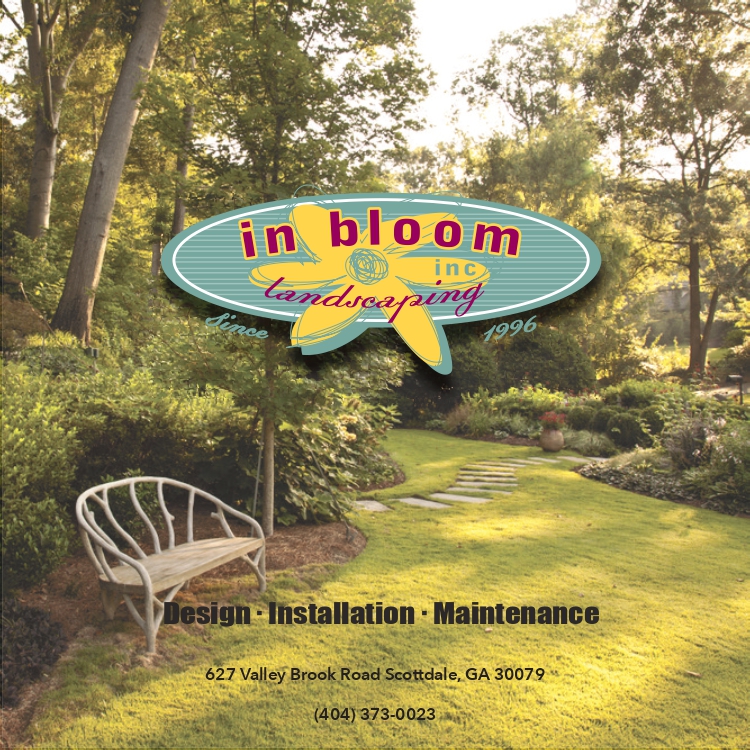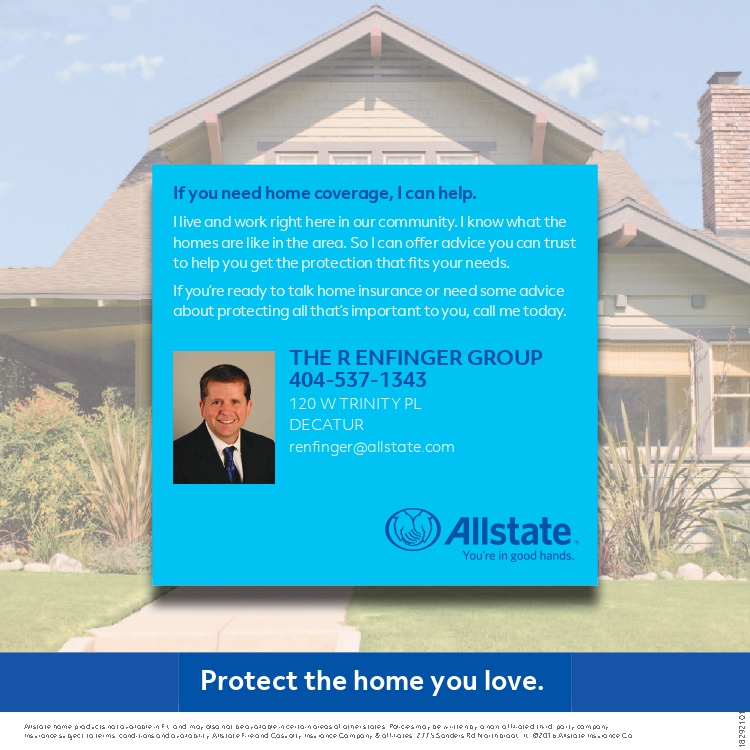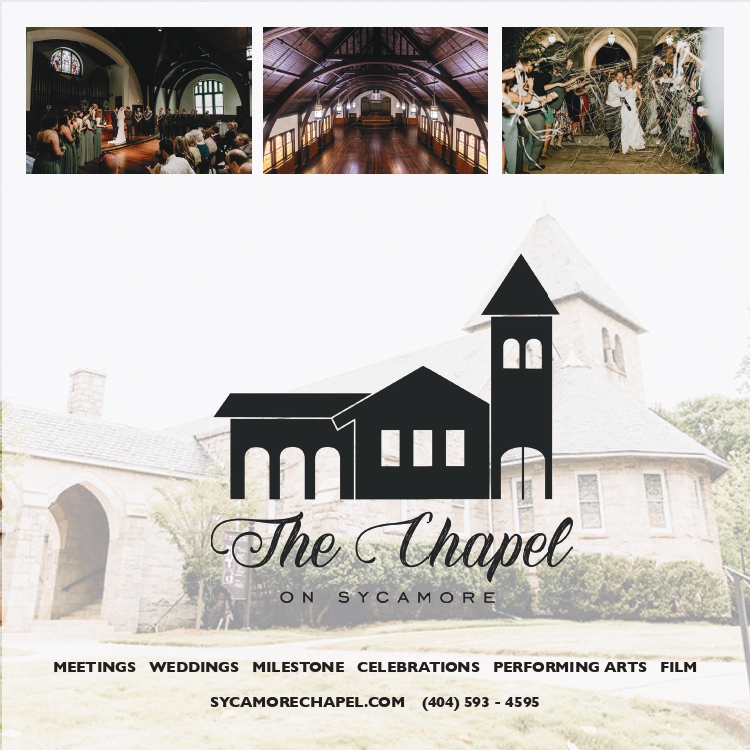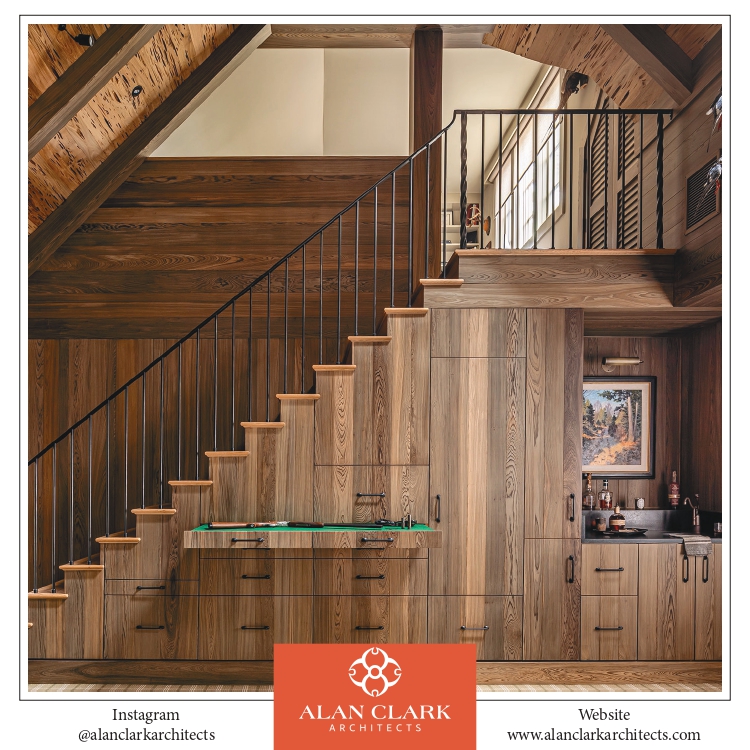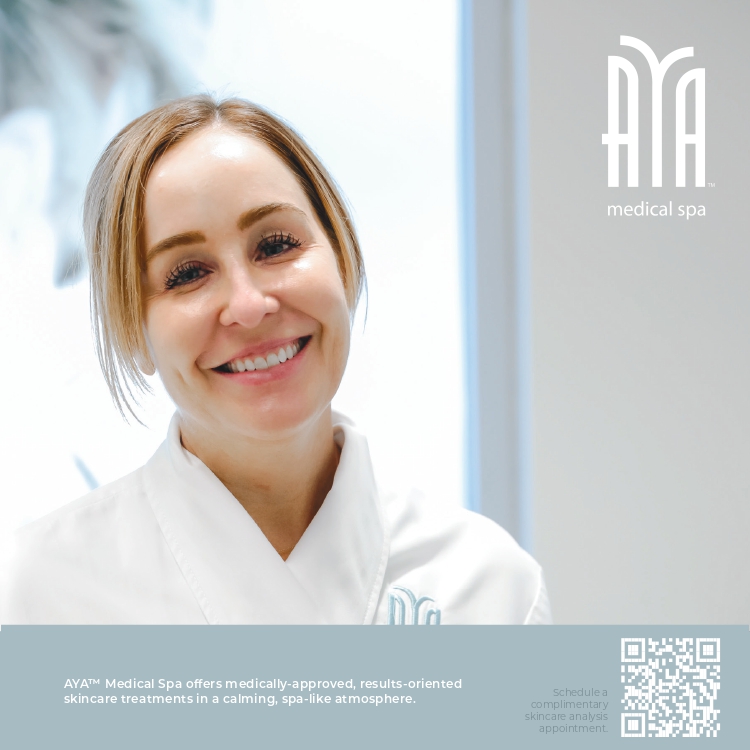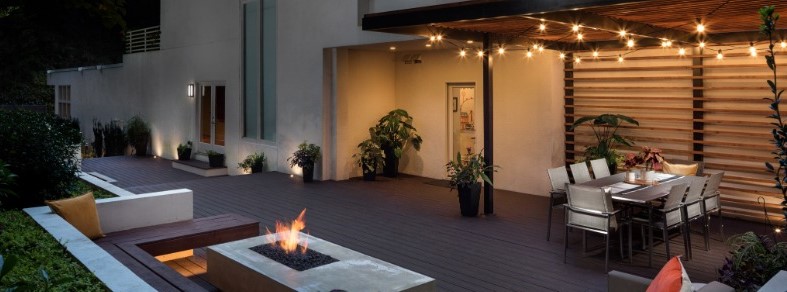
Outdoor Sanctuary
By Carol Badaracco Padgett
Lavish and understated. Wild and contained. Structured and unregulated. Descriptions that seem contradictory at first glance easily fuse to describe the lush array of patios, pools, and outdoor enclaves that grace Atlanta homes today.
Our city’s superpower (one among many): a humid subtropical clime that ensures residents are lounging in three- and four-season outdoor spaces for all or most of the year.
“The Atlanta climate allows us to create spaces that engage the interior of the house and extend living, dining and entertaining areas in functional and beautiful ways,” notes Micah Rogers, lead landscape architect at Boyce Design and Contracting in Atlanta, who has a Leadership in Energy and Environmental Design (LEED) accreditation from the U.S. Green Building Council.
Here’s a look at the arresting elements of outdoor living in some of Atlanta’s most stirring open air sanctuaries.
Plants push the limits
Landscape architect Jenneke Somerville of Athens, Georgia, gravitates toward intimate, detail-oriented gardens filled with perennials and annual color. She grew up on a farm with artists for parents, so in her mind, plants provide the eye with a visual playground.
“The joy of gardening is that nothing is ever static,” she muses. “I always say, ‘plants on wheels’—if you don’t like it in one location, move it to another.”
Somerville’s elegant and oftentimes unexpected approach includes trying combinations that others may not think to mix. For example, she says, “Try pots of tropical plants outside mixed with annuals, mixed with vegetables (okra is very sculptural).”
And she adds, “Try cactus, agaves, succulents, herbs and bulbs indoors or on porches to extend the gardening season well into the winter.”
Since the pandemic, Somerville states, people intrinsically crave a connection to the outdoors and their own personal gardens—even if that simply means potted plants on a porch or balcony.
Midcentury soothes the senses, architecturally
Rogers notes a renaissance of homeowner desire for Mid-century modern’s iconic understatement.
“Customers are starting to move away from flowing, organic forms in their pools and patios, and are starting to migrate back towards clean, organized lines with an emphasis on proportion and function,” he describes.
“Mid-century modern aesthetics never really went away,” he continues, “but we are seeing more and more client inspiration photos with horizontal lines, warm wood accents, and no-frills hardscape finishes.”
Of his firm’s design interpretation of the aesthetic, Rogers notes, “With it comes outdoor spaces and additions that feature stained slat walls and ceilings, large-format concrete and paver patios, brick and ruble walls with leaner and longer proportions, and an emphasis on neutral color schemes with pops of color via stained wood accents and playful furnishings.”
A big believer in noted Chicago architect Louis Sullivan’s historic design axiom, “form follows function,” Rogers says, “Good design is only good if it works correctly in addition to looking good.”
As such, he adds, “We love to create flowing spaces with clear circulation, functional gathering areas, pleasant sight lines, and a unified aesthetic.”
Design philosophy can get a bit complicated, though, as local landscape architects are continually working within Atlanta’s rich mixture of new build (starting from scratch) and renovation (working with what is) living and outdoor spaces.
“If done right, though” Rogers finds, “renovations can take advantage of established landscaping, structures, and other existing features to make a space feel instantly ‘lived in,’ rather than the look of a new build that might take five years to ‘grow in’ and feel established, at least on the landscape and outdoor living side of things.”
Environmental underscoring
“Everybody knows and loves the introduction of new plant material and hardscapes,” notes Jessica Neese with Atlanta’s In Bloom Landscaping, a designer with an inclination toward classical and traditional designs. “But outdoor lighting is the icing on the cake.”
Lighting serves to extend daytime living into night, she finds, and on a practical level, adds another level of appreciation of the investment.
“The industry itself has migrated toward more environmental and energy-saving options, primarily in the [areas of] irrigation and outdoor lighting,” Neese notes. “Irrigation has rain sensors and smart apps that enable much better control of systems to control watering waste.”
Similarly, LED fixtures and bulbs have completely ousted other outdoor lighting options over time.
When it comes to outdoor landscapes, is it the homeowner or the designer who’s pushing toward environmentally conscious design options?
“We have the occasional client who asks for sustainable design principles and energy efficiency,” Rogers says. “But I feel like the opportunity for much more awareness and integration of sustainable development in the outdoor living market is there … and needs to be pursued by designers and contractors.”
Even simple environmental sustainability practices come naturally to homeowners that relish time spent in outdoor spaces, Somerville finds.
“I have some clients who are interested in incorporating native plants or a rain garden to absorb water runoff, or who prefer an organic garden using compost or manures,” she says.
It’s a trend she suspects savvy homeowners will continue to pursue moving deeper into 2023. And she encourages them, “Use some plants that are native and encourage insect habitat and birds in the garden to keep everything balanced.”

